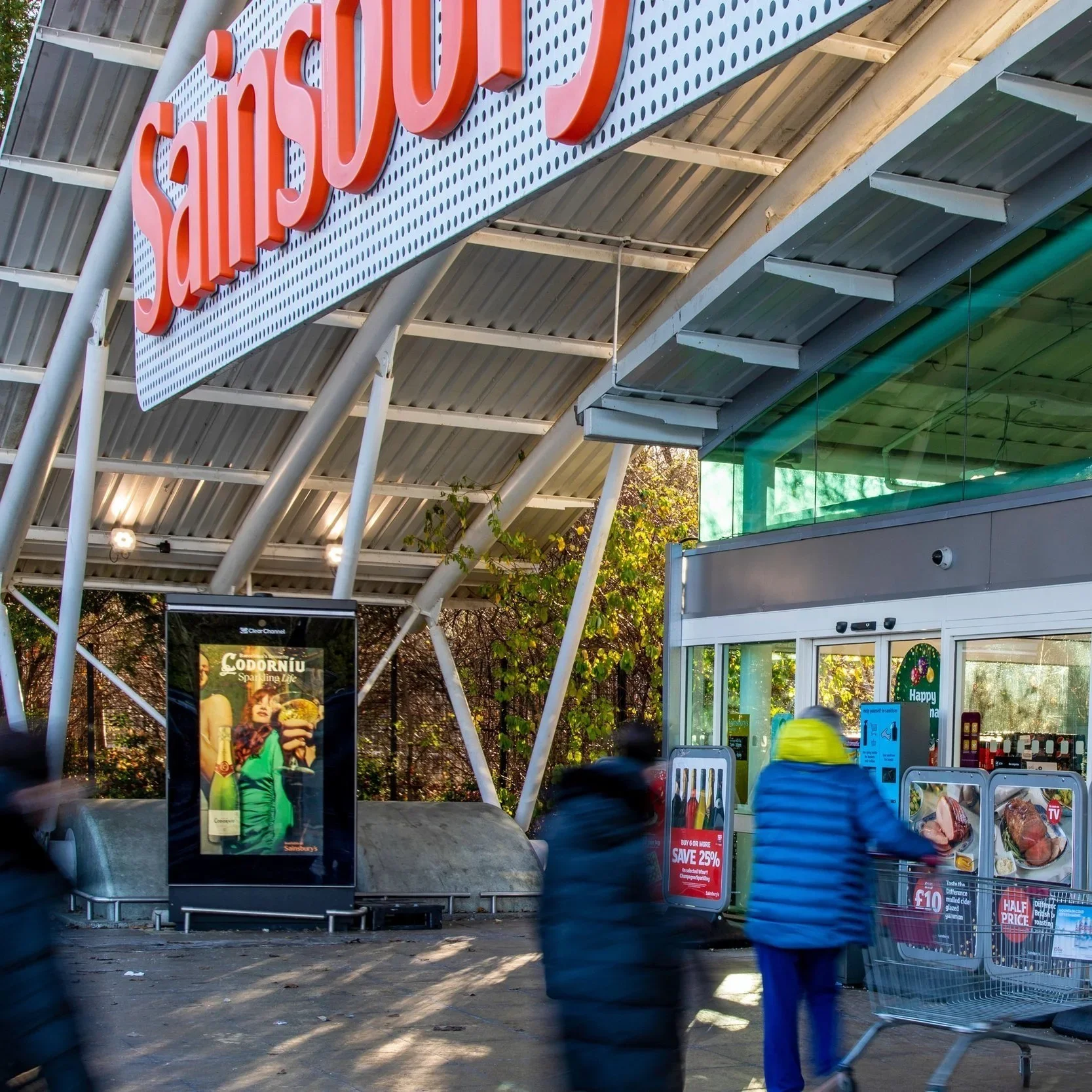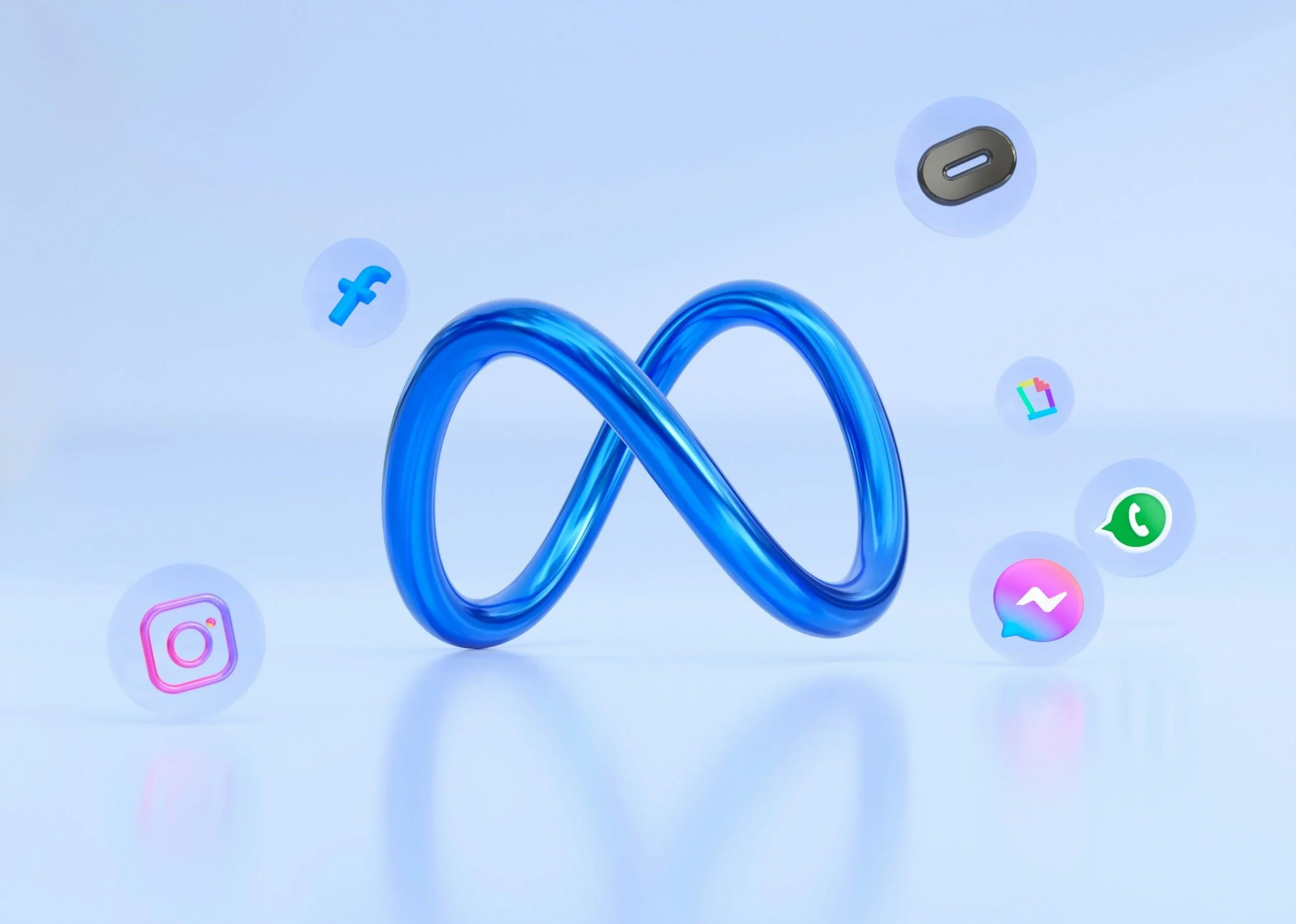How to write effective copy.
Great Ad Copy
Key Takeaways
Audience first, brand second – effective copy resonates when it’s tailored to audience needs and context, while staying consistent with your brand’s tone of voice across all channels.
Headlines and USPs win attention – clear, concise, and compelling headlines, paired with unique selling points that solve real customer problems, set your ad apart from the noise.
Strong CTAs drive conversions – direct, actionable calls to action aligned with customer intent turn impressions into clicks and clicks into sales.
In paid digital campaigns, ad copy can make or break results. You can have the perfect audience targeting, a solid media strategy, and creative assets ready to go, but if the words don’t resonate, you risk losing attention – and clicks – to competitors.
Copy is the bridge between your business objectives and the customer’s decision to act. It is often the tipping point between a casual impression and a meaningful conversion.
Here are our top tips for creating ad copy that captures attention, builds trust, and drives clicks.
1. Know Your Audience
Every great ad starts with knowing exactly who you are speaking to. It’s not enough to segment audiences by age and gender alone. To write persuasive copy, you need to dig deeper.
Ask yourself:
What are their needs, wants, and frustrations?
What barriers stop them from taking action?
When and where are they seeing this ad – on a quick scroll during lunch, or in the evening while browsing?
Which tone, style, or messaging is most likely to strike a chord?
The more you understand the context in which your audience interacts with your ad, the better you can craft language that feels relevant. For instance, a time-poor professional may respond well to “Save time today with…” whereas a budget-conscious shopper may be drawn in by “Affordable quality you can trust.”
Great copywriting doesn’t try to speak to everyone – it speaks directly to the right people.
2. Know Your Brand
If audience knowledge is one side of the equation, brand understanding is the other. Ad copy is often the first impression a customer will have of your brand, so consistency is crucial.
Your tone of voice should be aligned with your wider marketing communications. Whether your brand personality is professional, playful, bold, or reassuring, ad copy should introduce your business in a way that feels authentic and recognisable.
Consistency builds familiarity and trust. When your tone of voice is coherent across search ads, social campaigns, email marketing, and even customer service scripts, customers begin to feel they “know” your brand. That recognition is a valuable differentiator in crowded markets.
3. Grab Attention With a Headline
In digital advertising, attention is the most precious currency. Your headline is the hook – the piece of copy that decides whether someone stops scrolling or keeps going.
Effective headlines are:
Clear – the reader should instantly understand the offer or benefit.
Concise – short enough to be read at a glance.
Compelling – strong enough to spark curiosity or promise value.
Simple formatting tweaks also matter. For example, capitalising each word can improve legibility on mobile feeds, while numbers or symbols (e.g. “Save 20% Today” or “£50 Off First Order”) can break visual monotony.
Think of headlines as your elevator pitch. If you only had three seconds of your customer’s attention, what would you say?
4. Highlight Your USPs
Customers are bombarded with ads every day. To stand out, you need to communicate not just what you sell, but why your offer is different and better. This is where unique selling points (USPs) come in.
Focus on the benefits that solve your audience’s problems:
Free next-day delivery for convenience seekers.
Sustainable sourcing for eco-conscious buyers.
Expert support for customers who value reassurance.
The key is to tailor your USP to the audience segment. A single brand may have multiple selling points that appeal differently to different personas. For example, a gym might highlight affordability to students, premium facilities to professionals, and flexible schedules to parents.
By matching your USP to your audience’s priorities, you show that you understand their needs – and have the solution they’re looking for.
5. Use Strong Calls to Action
A call to action (CTA) is where copywriting turns intent into conversion. It tells your audience exactly what to do next, eliminating hesitation and ambiguity.
Good CTAs are:
Direct – “Buy now,” “Book today,” “Subscribe for free.”
Actionable – they inspire movement rather than passive interest.
Aligned with intent – CTAs should reflect the stage of the funnel. For example, “Find out more” works well for awareness campaigns, while “Claim your discount” suits high-intent audiences.
The right CTA can transform your ad from a piece of awareness into a piece of persuasion. Always test variations to see what resonates best with your audience.
Bringing It All Together
Creating compelling ad copy is part art, part science. It’s about striking the balance between brand authenticity and audience relevance, all while grabbing attention in just a few words.
To recap:
Know your audience – their needs, behaviours, and context.
Know your brand – keep your tone of voice consistent and authentic.
Grab attention with a headline – be clear, concise, and compelling.
Highlight your USPs – show why you’re the right choice.
Use strong CTAs – direct your audience towards action.
In competitive digital spaces, words carry weight. They can be the difference between a missed opportunity and a sale. When crafted with care, ad copy doesn’t just drive clicks – it builds connections, reinforces brand identity, and fuels long-term growth.
To learn more about Effective Copy Writing, get in contact today.











